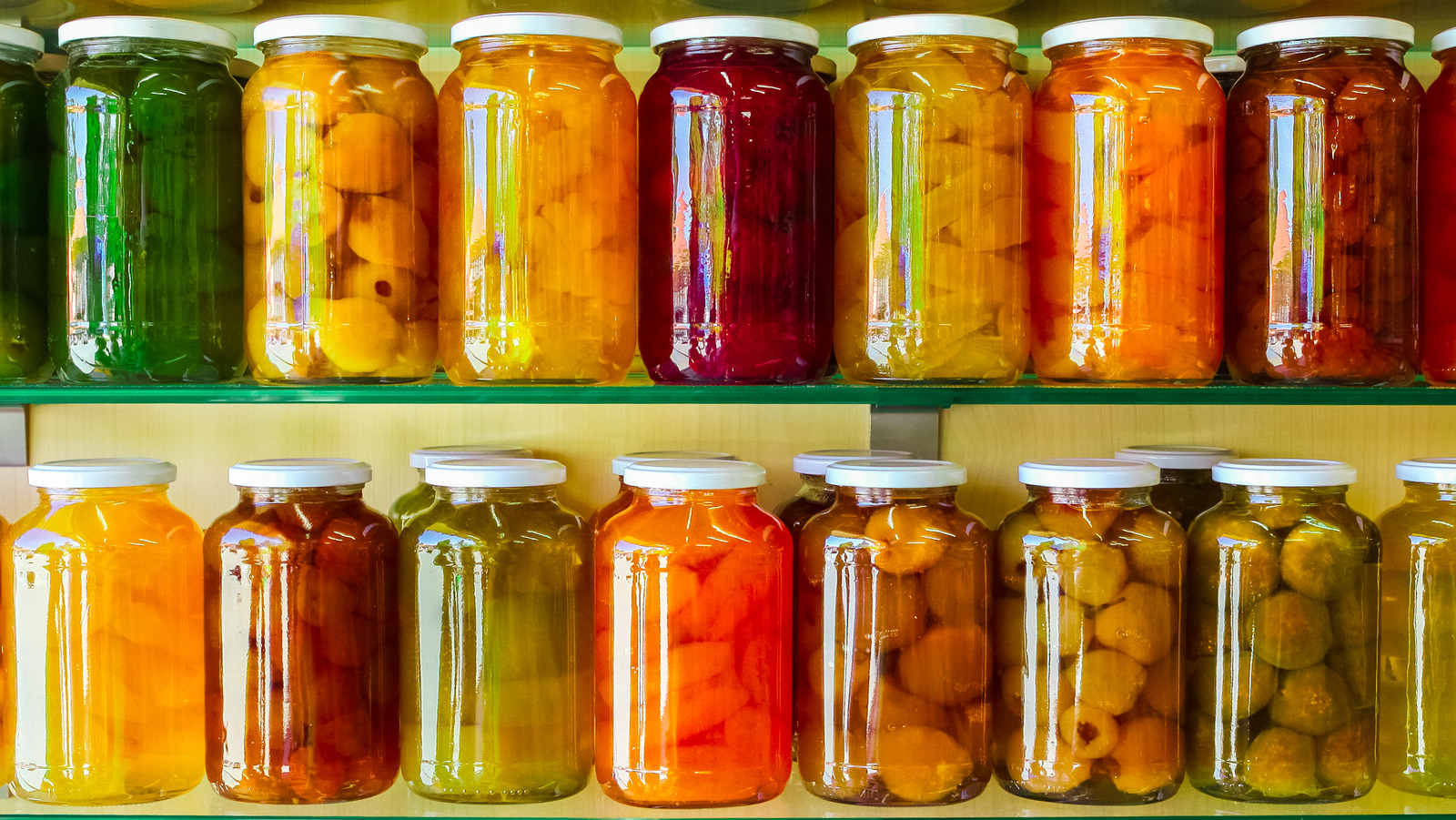
Regulations on the cottage food industry are ever-changing and have undergone an overhaul in recent years as the number of small-time food makers looking to sell their goods has increased (via The Washington Post). As the pandemic closed down restaurants and businesses, people began looking for alternative ways to make ends meet, and a new wave of cottage food makers was created. How else were people going to get all that sourdough out of their kitchens?
If you're interested in bringing your baked goods to market, Food Safety News says you are mostly covered by cottage food regulations when planning to sell low-risk foods. Most baked goods do not contain perishable ingredients that require refrigeration; even though many bakery items include milk, eggs, and the like, they have been baked at high enough temperatures to render those ingredients stable and safe to consume. Cottage food laws make an exception when high-risk ingredients like meat and custards are included in baked goods. Other low-risk foods that most states allow are products like jams and chutneys made from fruits that are less prone to bacterial growth because of their naturally high acidity levels.
Cottage food regulations generally prohibit high-risk foods like meat, dairy, fresh vegetables, and baked goods that feature perishable ingredients (think meringue pie or pigs in a blanket). These foods aren't naturally acidic and run a higher risk of spoiling. Less stable foods can grow bacteria and spread foodborne illnesses that endanger consumers.
Article From & Read More ( How Cottage Food Regulations Can Affect Your Home Canned Food - Tasting Table )https://ift.tt/ZbrCzD6
food

Tidak ada komentar:
Posting Komentar